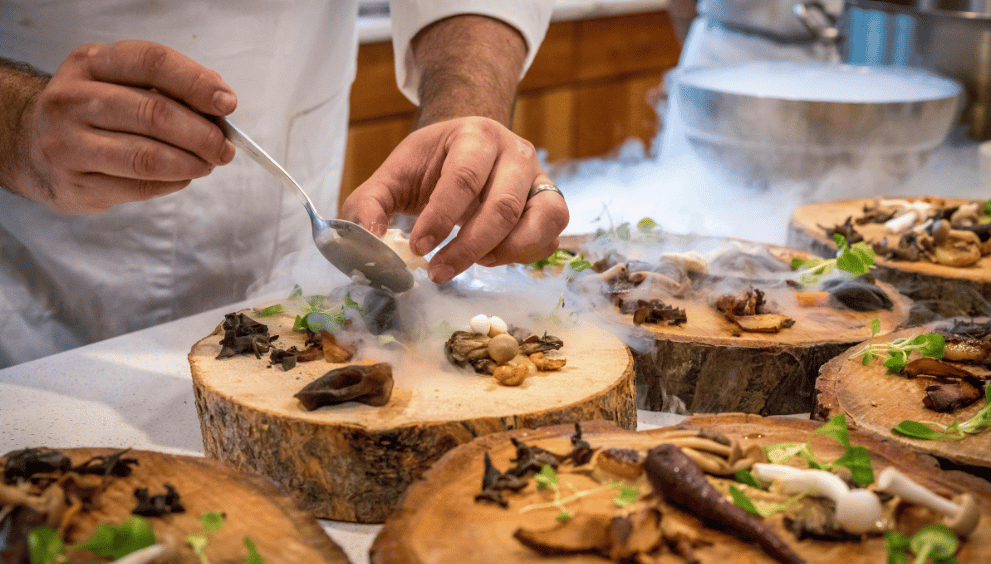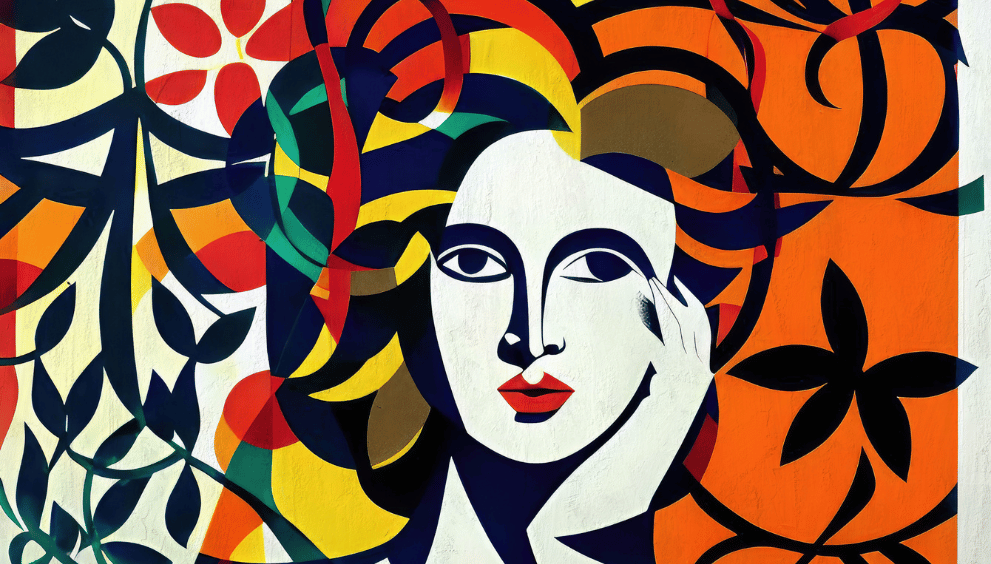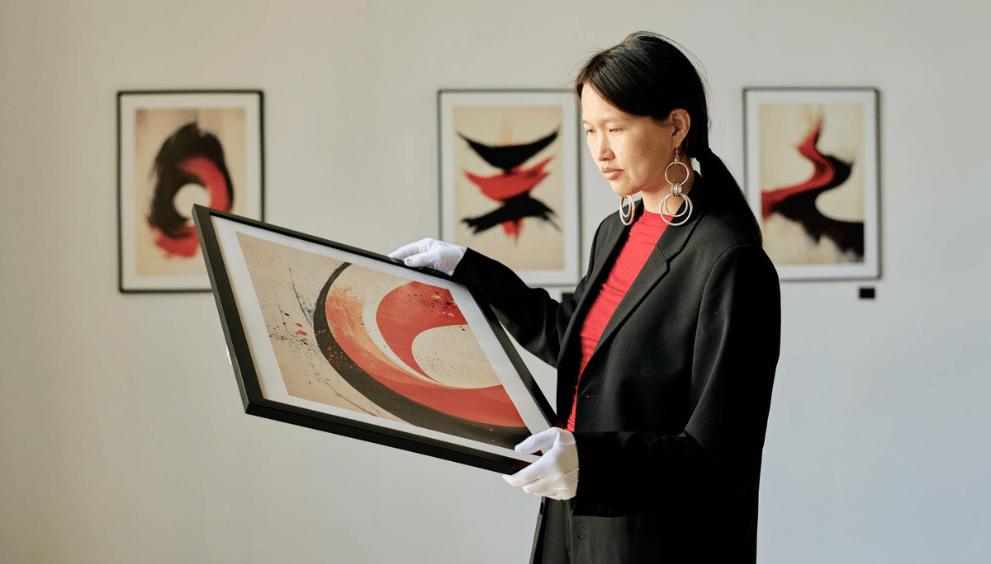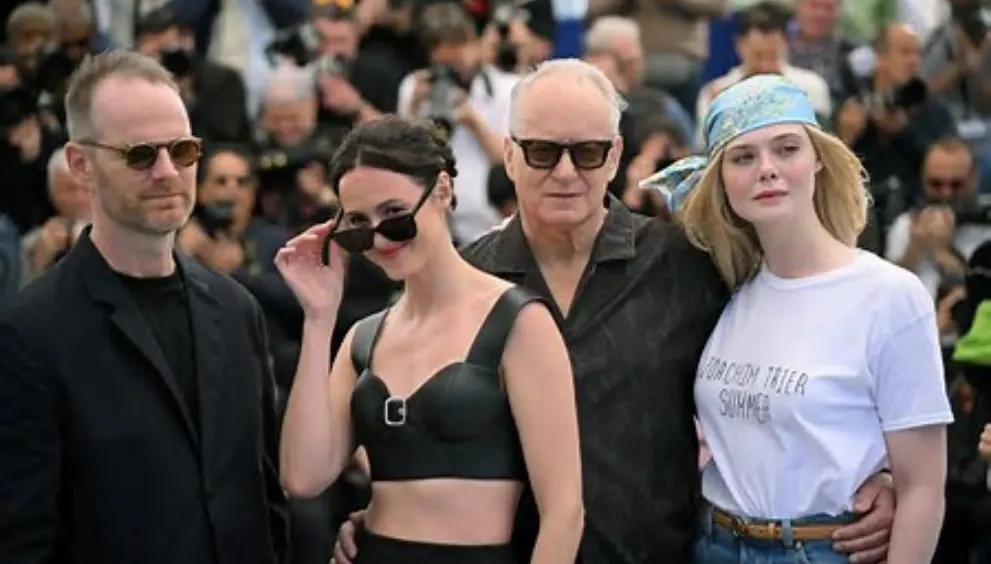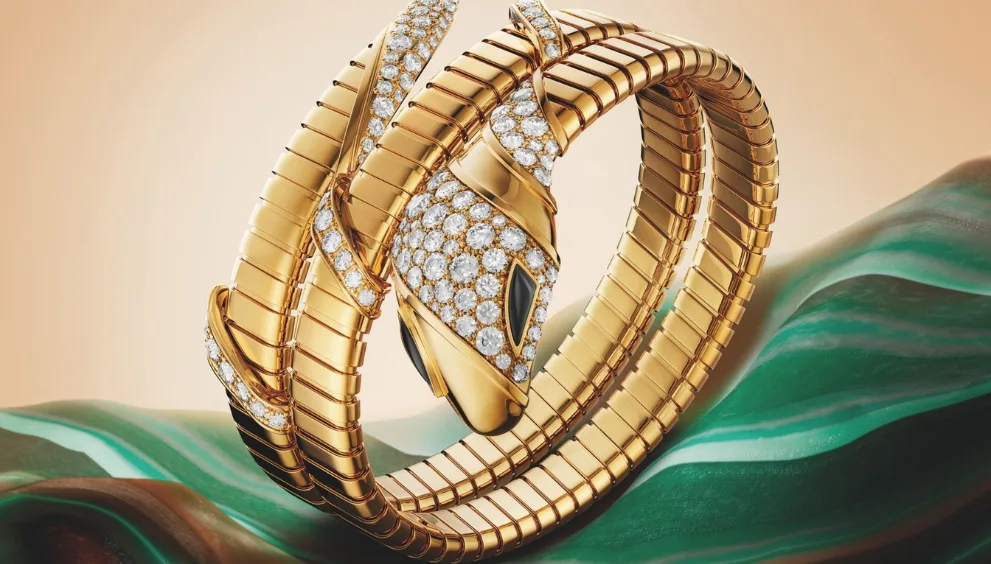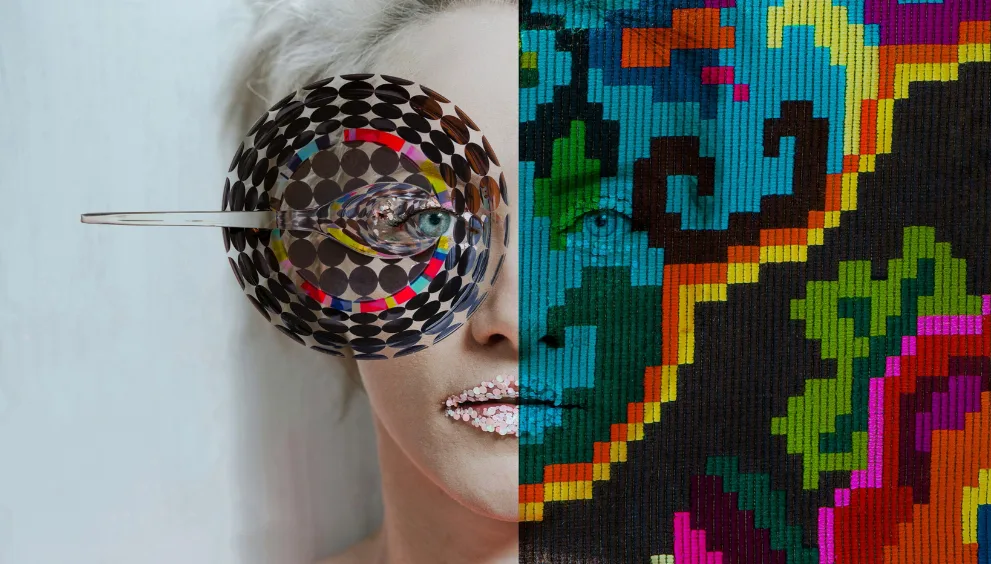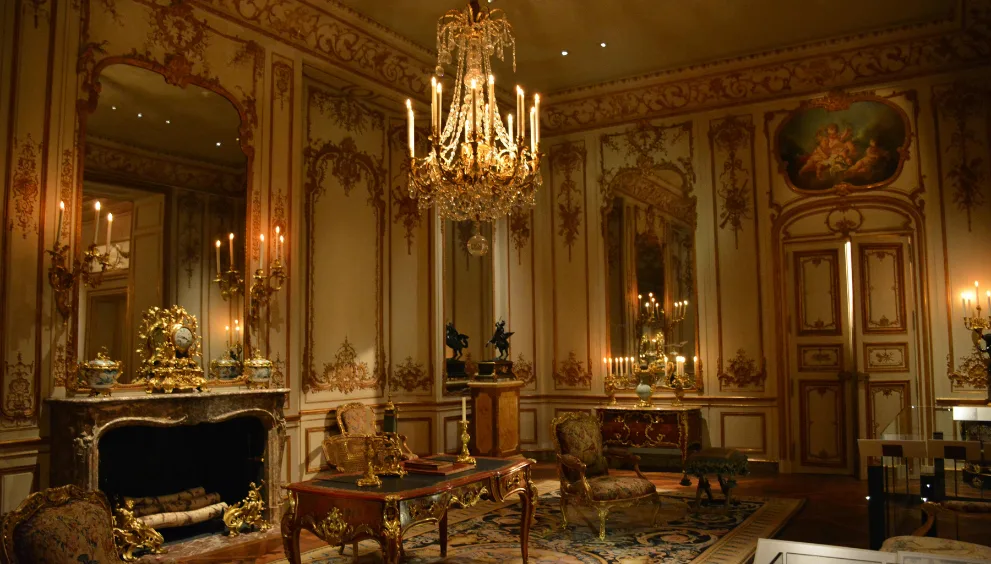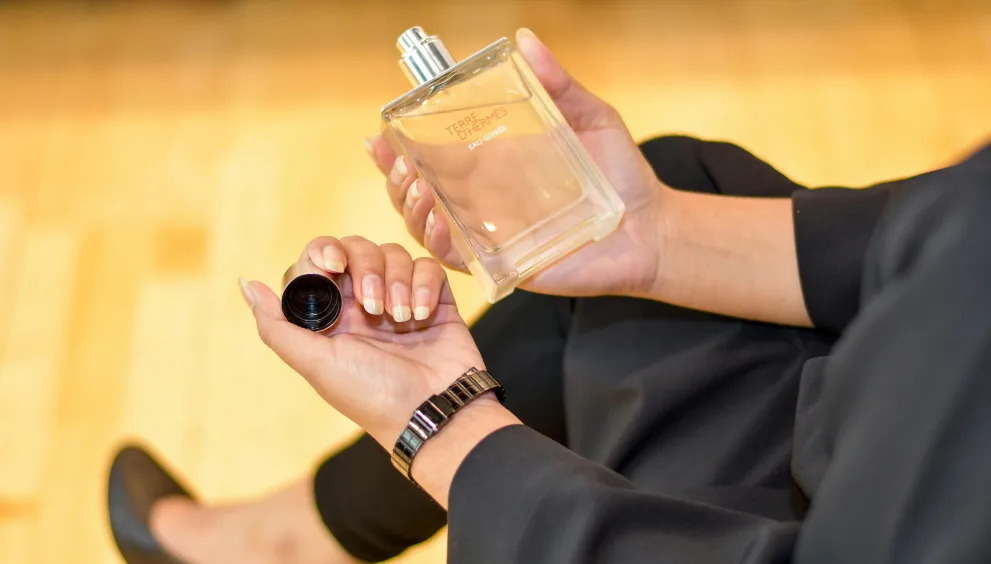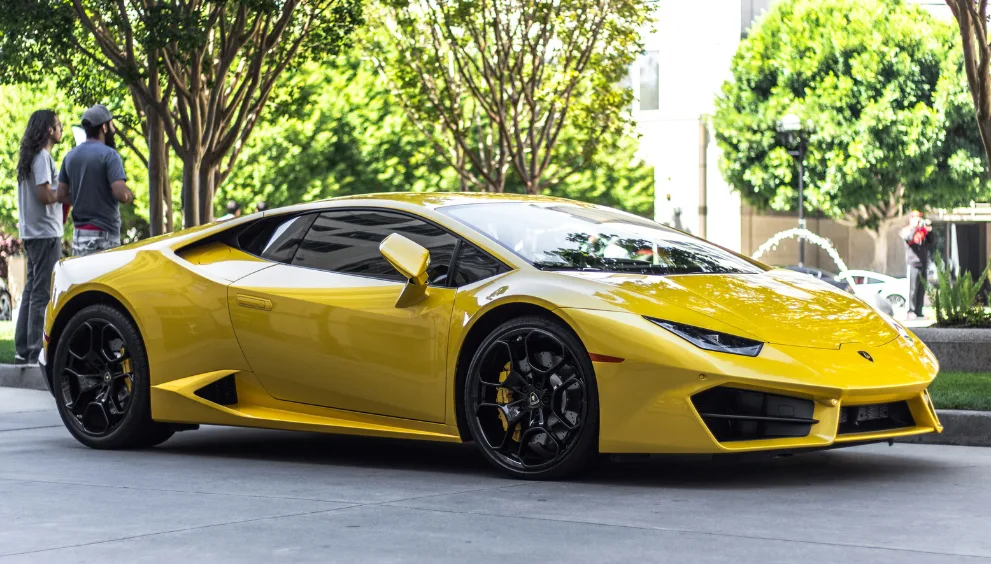Not Just Bloodlines: The Rise of Self-Made Aristocrats in a Luxury-Obsessed World
What if the new kings and queens didn’t inherit their thrones but built them one pixel at a time? Once upon a time, to be part of the elite, you had to be born into it. Royal bloodlines, vintage pearls, and secret family crests used to define what it meant to live luxuriously. But in today’s world, where Instagram flexes and blockchain wallets speak louder than old money, a new kind of nobility is emerging: self-made aristocrats.
These aren’t heirs to empires; they’re creators of them. Instead of palaces, they live in digital realms. Instead of oil portraits, they drop NFTs. And at the centre of this creative uprising stands Mike Winkelmann, better known as Beeple, the digital artist who turned the art world upside down with a single JPEG.
Luxury today isn’t just draped in silk or stitched into leather; it’s minted on the blockchain. And brands are racing to keep up. Gucci now sells digital sneakers. Louis Vuitton created an NFT-packed mobile game. Balmain hosts metaverse fashion shows.
Even Sotheby’s and Christie’s, those high-gloss pillars of the traditional art world, have embraced NFT creators, offering them the same reverence once reserved for oil painters and marble sculptors. The message is clear: self-made aristocrats are not only welcomed, but they are also needed.
They bring fresh energy, cultural clout, and a digital-first mindset that legacy brands are eager to tap into. Take Fewocious, a teenage trans artist whose vibrant, emotional NFTs have made waves in both crypto and fashion circles. Or Pak, an anonymous digital creator who recently collaborated with Sotheby’s to drop a collection that redefined how value is measured in art.
These are artists who didn’t come up through elite academies or nepotistic networks; they built followings online, launched disruptive ideas, and made their own kind of luxury.
Suppose the new monarchs did not inherit their crowns but constructed them pixel by pixel. Long ago, to belong to the privileged class, you were born that way. The royal bloodlines, old pearl necklaces, and hidden crests of their family used to be what meant living in splendour.
But in today’s world, where Instagram flexes and blockchain wallets speak louder than old money, a new kind of nobility is emerging: self-made aristocrats. These aren’t heirs to empires; they’re creators of them.
Instead of palaces, they live in digital realms. Instead of oil portraits, they drop NFTs. And at the eye of this artistic revolution is Mike Winkelmann, aka Beeple, the digital artist who shook the art world with a single JPG.
For years, Winkelmann was an unknown South Carolina graphic designer. And then he sold a digital artwork “Everydays: The First 5000 Days”- for $69 million at Christie’s. A JPEG. A traditional auction house. History was made at the time. It wasn’t only about the money. It was a reset in culture.
Winkelmann overnight turned into one of the best-paid living artists, not due to old-school contacts, but simply because he reported for duty every single day and posted his work online. He wasn’t born into money or high society. He generated value through hard work, creativity, and smart technology utilisation. The secret to his success? NFTs (Non-Fungible Tokens).
They are rare digital tokens locked on a blockchain, authenticating ownership and authenticity of everything from paintings to sound files. And Winkelmann employed them as more than a medium, as a movement. He was the poster boy for bootstrap aristocrats, individuals who do not wait around for institutions to validate them but employ the internet to go around the velvet ropes altogether.
Luxury today isn’t merely clad in silk or sewn into leather; it’s minted on the blockchain. And brands are moving fast to catch up. Gucci sells virtual sneakers online. Louis Vuitton produced an NFT-filled phone game. Balmain has metaverse fashion shows.
Even Sotheby’s and Christie’s, those high-shine cornerstones of the old art world, have welcomed NFT artists, treating them with the same respect once accorded to oil painters and marble sculptors. The message is explicit: self-made aristocrats are not just accepted, they’re required.
They provide new dynamism, cultural influence, and a digital-first mentality that traditional brands desperately want access to. Consider Fewocious, a teen trans artist whose dynamic, emotive NFTs have disrupted crypto and fashion in equal measure.
Or Pak, an anonymous digital creator who recently collaborated with Sotheby’s to drop a collection that redefined how value is measured in art. These are artists who didn’t come up through elite academies or nepotistic networks; they built followings online, launched disruptive ideas, and made their kind of luxury.
It’s not so much about the art or the cash, it’s about the lifestyle. Self-made aristocrats of today are curators of experience. They sip matcha from ceramics hand-thrown in Kyoto, streetwear collaborations that sell out within seconds, and treat their Twitter bios as if they were royal titles.
They know that luxury in the 2020s is about identity, scarcity, and vibe. They’re not merely buying into prestige, they’re making it. And in many cases, they’re accomplishing it with nothing more than a laptop, Wi-Fi, and a harebrained notion.
This isn’t the aristocracy your history teacher explained. This is a new world, where power isn’t inherited, it’s uploaded. Where the strokes of artists like Winkelmann reshape what’s precious. And where self-made aristocrats reign not by birth, but by innovation. They don’t wear crowns; they wear vision. They don’t walk red carpets; they curate timelines.
And they don’t wait for a seat at the table, they create their own digital banquet halls and invite the world in. What distinguishes them isn’t necessarily their talent- it’s their timing, their hustle, and their determination not to be confined by convention. They marry artistry and entrepreneurship, cultural acumen with digital literacy. And in the process, they are redefining luxury, success, and status.
As we keep floating further into a screen-driven world, blockchain, and WiFi-speed culture, one thing is certain: the new elite is not determined by birth or legacy but by influence, creativity, and genuineness.
So, whether you’re creating NFTs, conceptualising a fashion drop, or simply dreaming a little differently, keep this in mind: you don’t have to be born of noble blood to live like royalty anymore. In an age that honours uniqueness for uniqueness, there’s never been a better moment to become one of the self-made aristocracy.
















